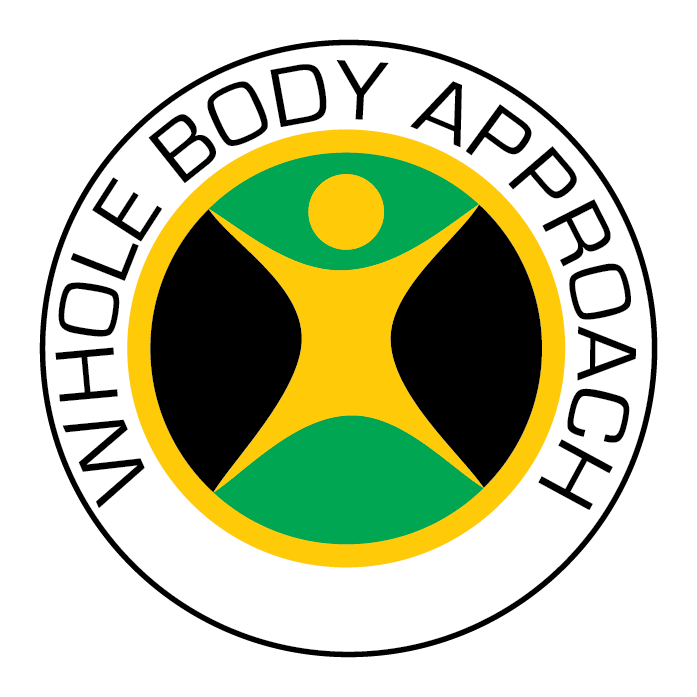Comparing Partial and Full Range of Motion Resistance Training for Muscle Growth
Regarding resistance training, there’s an ongoing debate about whether partial range of motion (ROM) or full range of motion (ROM) exercises are more effective for building muscle and strength. If you’re an active adult or a busy parent trying to make the most of your workout time, understanding the differences between these two approaches can help you design a more effective training program. Let’s dive into the science behind range of motion resistance training and explore how it impacts muscle growth, strength, and overall fitness.
What Is Range of Motion in Resistance Training?
Before we delve into the comparison, let’s define range of motion. In resistance training, ROM refers to how a joint moves during an exercise. For example:
Full range of motion (Full ROM): Performing an exercise through the joint’s complete movement potential. For instance, in a squat, this means lowering your hips until your thighs are parallel (or lower) to the ground and then standing back up.
Partial range of motion (Partial ROM): Performing an exercise through a limited portion of the joint’s movement. For example, stopping halfway down in a squat or focusing on just the top portion of a bicep curl.
Both approaches have unique benefits and drawbacks, which we’ll explore below.
The Science Behind Full Range of Motion Resistance Training
How Full ROM Training Maximises Muscle Hypertrophy
Full ROM training is often considered the gold standard for building muscle (muscle hypertrophy) because it works muscles through their entire length. Research shows that training at a longer muscle length produces greater mechanical tension, a key driver of muscle growth. For example:
A systematic review and meta-analysis found that exercises performed with a full ROM led to superior muscle size and strength gains compared to partial ROM training.
Working through a full ROM also improves flexibility and joint health by promoting balanced muscle development.
Benefits of Full Range of Motion on Muscle Development
Activates more muscle fibres during each repetition.
Enhances coordination and stability by engaging supporting muscles.
Improves functional strength for daily activities like lifting, bending, or climbing stairs.
However, full-range-of-motion resistance training may require more mobility and can be challenging for beginners or those with joint issues.
The Case for Partial Range of Motion Training
When Partial ROM Training Shines
While full ROM is great for overall development, there are scenarios where partial range of motion training can be highly effective:
Targeting Specific Muscle Groups: Partial ROM allows you to focus on specific portions of a lift where muscles are strongest. For example:
Performing partial squats at the top range can help build maximal quad strength.
Partial bench presses can target chest strength at lockout.
Overloading Muscles: Reducing the ROM allows you to lift heavier weights than you could with full ROM, leading to greater overload in certain phases.
Rehabilitation and Injury Prevention: For individuals recovering from injuries or with limited mobility, partial ROM exercises provide a safer alternative while maintaining activity levels.
Effects of Partial Range of Motion on Muscle Development
While partial ROM may not activate as many muscle fibres as full ROM, it can still contribute to hypertrophy when combined with other techniques. Studies suggest combining partial squats with full squats enhances strength and size gains.
Partial vs Full Range of Motion: Which Is Better?
The answer depends on your goals, experience level, and physical condition. Here’s how they compare:
Factor Full Range of Motion (Full ROM) Partial Range of Motion (Partial ROM)
Muscle Hypertrophy Superior for overall growth due to longer muscle length activation Effective for targeting specific phases but less comprehensive
Strength Development Builds balanced strength across all phases. Allows heavier loads for maximal strength in specific ranges
Training Volume Requires moderate weights but higher reps Enables higher weights but lower reps
Joint Health Improves mobility and flexibility Safer for those with limited mobility
Training Experience Ideal for intermediate to advanced lifters Useful for beginners or those with injuries
Incorporating Both Approaches Into Your Training Program
Consider combining both methods into your routine to get the best results from your workouts. Here’s how:
1. Start With Full ROM Exercises
Begin your workout with compound lifts like squats, deadlifts, or bench presses performed through a full range of motion. This ensures you’re activating all muscle fibres and building functional strength.
2. Add Partial ROM for Overload
After completing your ROM sets, incorporate partial reps to overload specific muscles. For example:
Perform partial squats at the top range after completing deep squats.
Add rack pulls (partial deadlifts) to target your upper back.
3. Adjust Based on Your Goals
If your goal is hypertrophy, Focus on full ROM but sprinkle in partials for variety.
Use partials strategically to lift heavier weights if your goal is maximal strength.
4. Monitor Your Training Volume
Balancing full and partial ROM exercises can increase overall training volume without overloading joints or risking injury.
Practical Examples: Squat Training
Let’s take squat training as an example:
For general fitness: Perform deep squats with full ROM to improve leg strength and mobility.
For maximal quad development: Incorporate partial squats in maximal strength phases to focus on knee extension.
For injury recovery: Use shallow squats (partial ROM) until you regain full mobility.
Conclusion: Finding Balance in Your Resistance Training
Both partial range of motion training and full range of motion resistance training have their place in an effective workout routine. While full ROM is ideal for overall muscle hypertrophy and functional strength, partial ROM can be used strategically to target specific muscles or accommodate physical limitations. Combining both approaches based on your goals and experience level can maximise muscle development during resistance training interventions while keeping your workouts fresh and effective.
Remember: Consistency is key! Whether you’re an active adult balancing work and fitness or a restless parent squeezing in quick workouts at home, tailoring your program to include both methods will help you achieve long-term results.
FAQs
1. Is the full range of motion better than the partial range?
It depends on your goals! A full range of motion is better for overall muscle growth and joint health, while a partial range allows you to lift heavier weights and target specific muscles.
2. Can I combine full ROM and partial ROM in one workout?
Absolutely! Combining both methods can enhance muscle hypertrophy and strength development while preventing plateaus.
3. Are partial squats bad for my knees?
No! When done correctly, partial squats can strengthen specific parts of your legs without overloading your knees. They’re especially useful if you have limited mobility.
4. How do I know if I’m using the right range of motion?
Focus on proper form first! If unsure, start with lighter weights and gradually increase as you master the movement.
5. Does training volume differ between full and partial ROM?
Yes! Full ROM typically uses moderate weights with higher reps, while partial ROM allows heavier weights but fewer reps.

